Diversification is one of the most important aspects when it comes minimizing risk within an investment portfolio. The rationale is that a portfolio constructed of different kinds of investments poses a lower risk than any individual investment within the portfolio. Diversification therefore helps to mitigate the unpredictability and volatility of markets for investors. By increasing the number of securities in a portfolio, one is able to achieve higher Sharpe ratios. Studies and mathematical models have shown that maintaining a well-diversified portfolio of 25 to 30 stocks yields the most cost-effective level of risk reduction. Investing in more securities yields further diversification benefits, albeit at a smaller rate. The following are some of the ways retail investors can diversify their investment portfolios;
1.Diversification Across Asset Classes
Investors should always consider their investment mix and look to diversify across different asset classes such as property (REITs), stocks, bonds, cash, mutual funds and other alternative investments. The asset mix can also be structured in line with investor needs and objectives. For example, if an individual is looking to retire in the near future or if they may be in need of cash, bonds and short-term investments may be appropriate;
Diversification – Different types of Assets

Source: piggybankadvisor.com
2. Diversification within each asset class
Investors must always be wary of over-concentration in a single stock/asset. It may not be advisable to have a single stock constituting more than 5% of your stock portfolio;
3. Sector Diversification
Securities within the portfolio should vary by industry. A key question that retail investors ask is how many stocks they should buy to reduce the risk of their portfolio. According to portfolio theory, after 10-12 stocks, you will move towards optimal diversification. However, the 12 need to be diversified across sectors/industries. For example, an investor can invest in various sectors such as Food Producers, Retail, Telecoms, Forestry & Paper, Life Assurance, Technology, Pharmaceuticals and Packaging;
4. Diversifying Stocks by Market Capitalization
Another way is to diversify stock holdings by investing in small, mid, and large caps companies;
5. Diversifying the styles
Investing in different themes such as growth and value could also bring a balance within a portfolio;
6. Diversifying through management
The Fund of Funds concept is based on the need to diversify by bringing in different management strategies within a portfolio. In a similar manner, retail investors can also allocate some funds to external managers. Examples include managed portfolios that are provided by a number of on-line share trading companies.
7. Geographical diversification
An economic downturn in Zimbabwe may not affect Kenya’s economy in the same way; therefore, having investments on the Nairobi Stock Exchange gives an investor a small cushion of protection against losses due to a downturn in Zimbabwe. In the same vein, ETFs such as db x-trackers (USA, World and FTSE) provide investors access to foreign indices which in turn provides a perfect avenue for diversification.
Final Thoughts on Diversification
It should be highlighted that most non-institutional investors have a limited investment budget and may find it difficult to create an adequately diversified portfolio. Low cost ETFs provide a platform for investors to gain exposure in global indices, commodities and also track local indices. In conclusion, the investment mix/asset allocation that is chosen should always be aligned to one’s investment time frame, financial needs and comfort with volatility.
piggybankadvisor.com is a personal finance weblog that empowers individuals, households and small businesses through educational and insightful articles and blogs. Topics covered include economics, stocks, budgeting, retirement & risk planning, wealth management tips and financial product reviews. So stay plugged-in on www.piggybankadvisor.com!
Join a piggybankadvisor.com WhatsApp based social trading group today by following the link; https://chat.whatsapp.com/GOqNASPbCFWEyNDb5AWG28
Download the piggybankadvisor.com Android App using the link; https://play.google.com/store/apps/details?id=com.piggybankadvisor.piggybankadvisor
Open a Free IronFX Demo Trading Account today in three simple steps by following the link; https://www.ironfx.com.bm/en/register?utm_source=13073443&utm_medium=ib_link&utm_campaign=IB



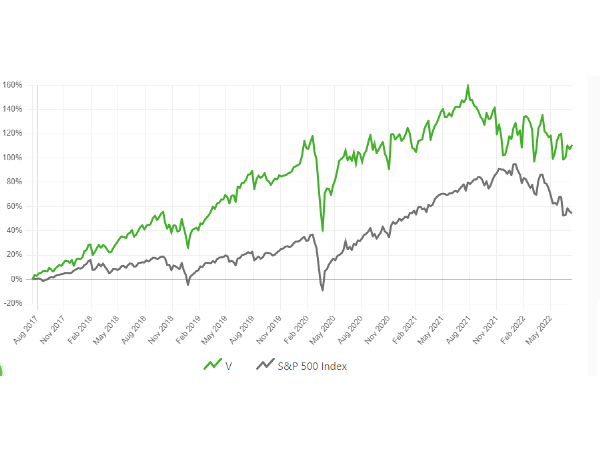


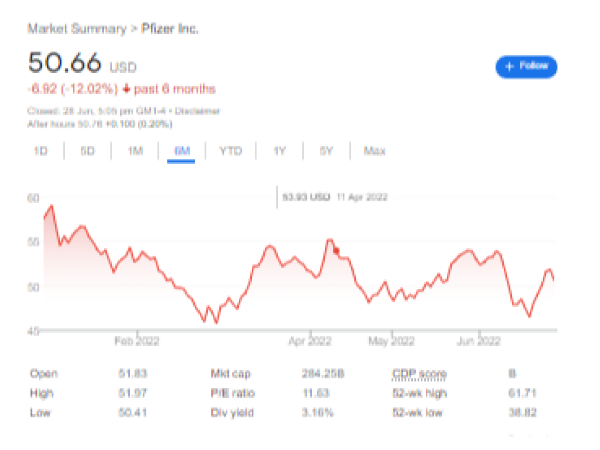
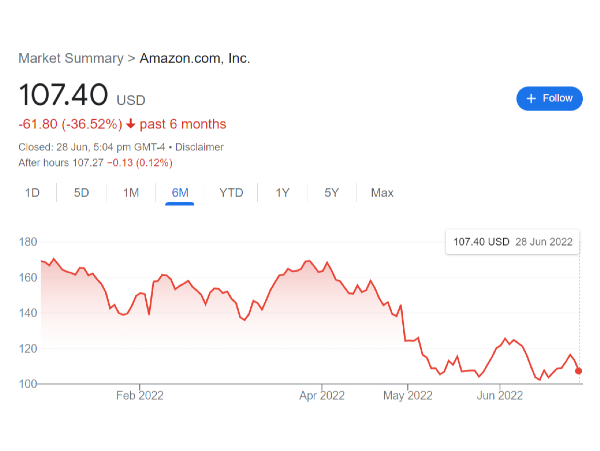




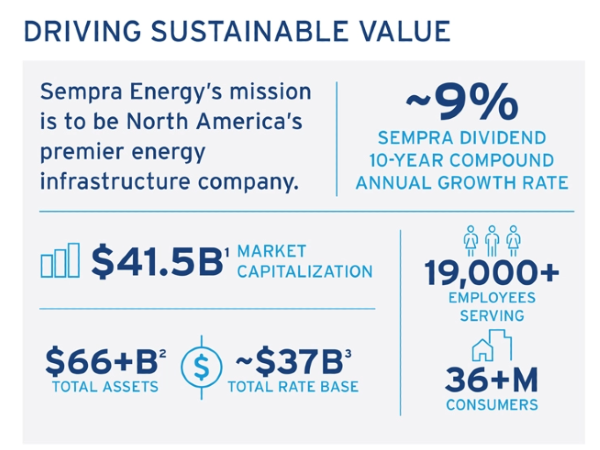
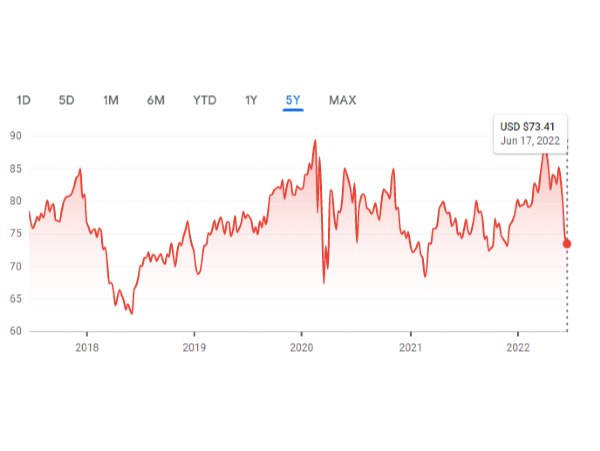


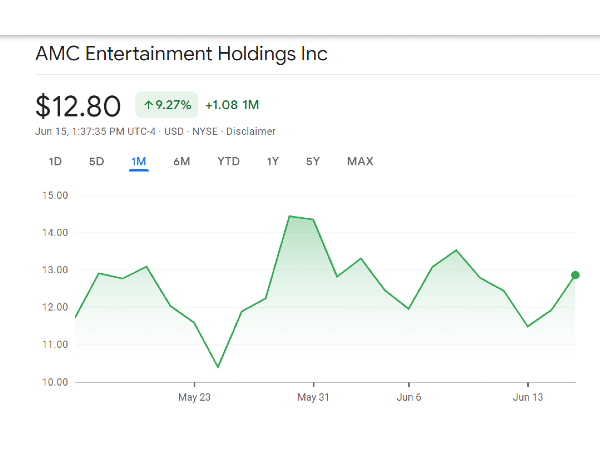











Diversification is one of the most important aspects when it comes minimizing risk within an investment portfolio. The rationale is that a portfolio constructed of different kinds of investments poses a lower risk than any individual investment within the portfolio. Diversification therefore helps to mitigate the unpredictability and volatility of markets for investors. By increasing the number of securities in a portfolio, one is able to achieve higher Sharpe ratios. Studies and mathematical models have shown that maintaining a well-diversified portfolio of 25 to 30 stocks yields the most cost-effective level of risk reduction. Investing in more securities yields further diversification benefits, albeit at a smaller rate. The following are some of the ways retail investors can diversify their investment portfolios;
1.Diversification Across Asset Classes
Investors should always consider their investment mix and look to diversify across different asset classes such as property (REITs), stocks, bonds, cash, mutual funds and other alternative investments. The asset mix can also be structured in line with investor needs and objectives. For example, if an individual is looking to retire in the near future or if they may be in need of cash, bonds and short-term investments may be appropriate;
Diversification – Different types of Assets
Source: piggybankadvisor.com
2. Diversification within each asset class
Investors must always be wary of over-concentration in a single stock/asset. It may not be advisable to have a single stock constituting more than 5% of your stock portfolio;
3. Sector Diversification
Securities within the portfolio should vary by industry. A key question that retail investors ask is how many stocks they should buy to reduce the risk of their portfolio. According to portfolio theory, after 10-12 stocks, you will move towards optimal diversification. However, the 12 need to be diversified across sectors/industries. For example, an investor can invest in various sectors such as Food Producers, Retail, Telecoms, Forestry & Paper, Life Assurance, Technology, Pharmaceuticals and Packaging;
4. Diversifying Stocks by Market Capitalization
Another way is to diversify stock holdings by investing in small, mid, and large caps companies;
5. Diversifying the styles
Investing in different themes such as growth and value could also bring a balance within a portfolio;
6. Diversifying through management
The Fund of Funds concept is based on the need to diversify by bringing in different management strategies within a portfolio. In a similar manner, retail investors can also allocate some funds to external managers. Examples include managed portfolios that are provided by a number of on-line share trading companies.
7. Geographical diversification
An economic downturn in Zimbabwe may not affect Kenya’s economy in the same way; therefore, having investments on the Nairobi Stock Exchange gives an investor a small cushion of protection against losses due to a downturn in Zimbabwe. In the same vein, ETFs such as db x-trackers (USA, World and FTSE) provide investors access to foreign indices which in turn provides a perfect avenue for diversification.
Final Thoughts on Diversification
It should be highlighted that most non-institutional investors have a limited investment budget and may find it difficult to create an adequately diversified portfolio. Low cost ETFs provide a platform for investors to gain exposure in global indices, commodities and also track local indices. In conclusion, the investment mix/asset allocation that is chosen should always be aligned to one’s investment time frame, financial needs and comfort with volatility.
piggybankadvisor.com is a personal finance weblog that empowers individuals, households and small businesses through educational and insightful articles and blogs. Topics covered include economics, stocks, budgeting, retirement & risk planning, wealth management tips and financial product reviews. So stay plugged-in on www.piggybankadvisor.com!
Join a piggybankadvisor.com WhatsApp based social trading group today by following the link; https://chat.whatsapp.com/GOqNASPbCFWEyNDb5AWG28
Download the piggybankadvisor.com Android App using the link; https://play.google.com/store/apps/details?id=com.piggybankadvisor.piggybankadvisor
Open a Free IronFX Demo Trading Account today in three simple steps by following the link; https://www.ironfx.com.bm/en/register?utm_source=13073443&utm_medium=ib_link&utm_campaign=IB
Originally Posted on piggybankadvisor.com